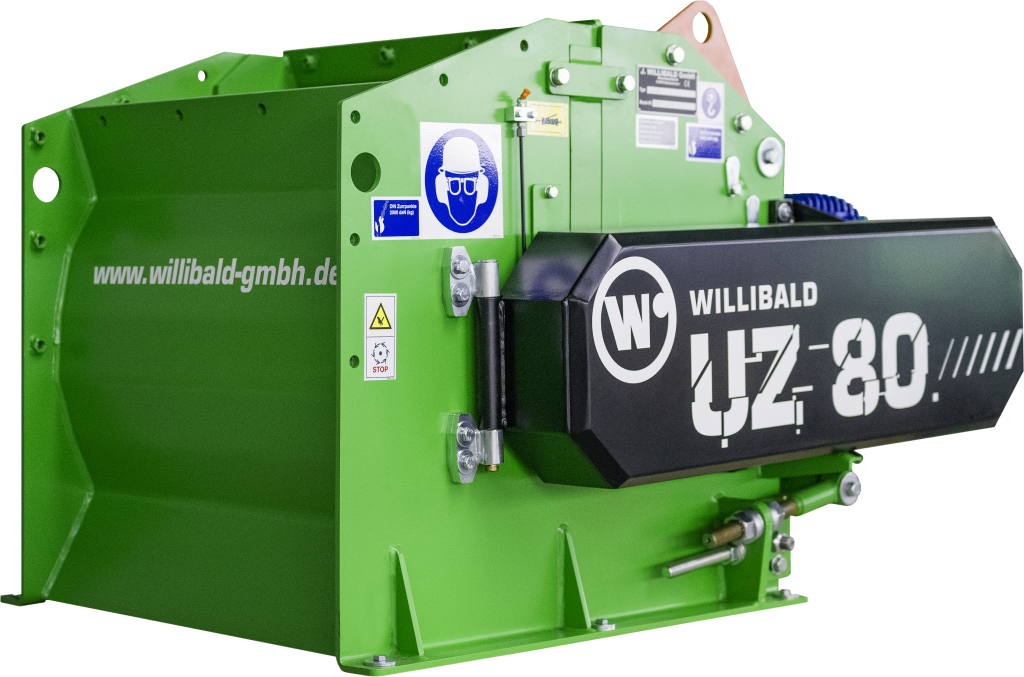Substrate or biogas substrate refers to the raw material which is used to create biogas in a biogas plant.
Biomass with a heavy water content which cannot be subjected directly to thermal treatment is particularly suitable as a substrate. Biomass that is rich in cellulose (e.g. straw) and lignocellulose (wood) is poorly accessible to microbial degradation and therefore unsuitable as a substrate for biogas generation without prior decomposition of the cellulose, e.g., with a shredder.
Frequently, other raw materials are used parallel to a main substrate which are co-fermented as a co-substrate. In biogas plants operated mainly with liquid manure, especially, co-substrates such as fat separator residues can supply a large proportion of the methane yield.
Both renewable raw materials and waste from livestock farming as well as biogenic wastes are used as a substrate in biogas plants.
In principle, almost all substances of organic origin are suitable for fermentation in biogas plants. The less water and inorganic substances and the more easily degradable substances such as fats, proteins and carbohydrates there are in the substrate, the more methane can be potentially produced from it.
The cultivation of energy plants for use as a substrate is attractive. Corn, whole plant silage, sugar beet and grass silage are amongst the most frequently used substrates. Corn is the most important renewable raw material in biogas production. High hectare yields can be achieved with sugar beet. The biodegradability in biogas plants is also good.
The use of tre-foil grass silage can be attractive, above all, for stockless operating ecological farming businesses because the use of recycled green manure can have a direct effect on the yield and at the same time a manure can be gained from the fermentation residue which can be used flexibly over time.
Liquid manure was used as a main substrate in the early agricultural biogas plants. It is a by-product of livestock farming and is usually available free of charge. The situation for solid manure is similar. The more solid consistency requires a different mixing technique in the fermenter, on the other hand, fermentation by the dry fermentation method is also possible. The contained straw makes a significant contribution to the gas yield because it consists mainly of cellulose which is hardly degraded in conventional biogas plants. By proper fermentation of manure and slurry, the emissions of the highly climate-damaging methane from livestock farming can be reduced; in addition, the substrate, unlike substances from renewable raw materials, has no effect on the acreage competition in arable farming.


